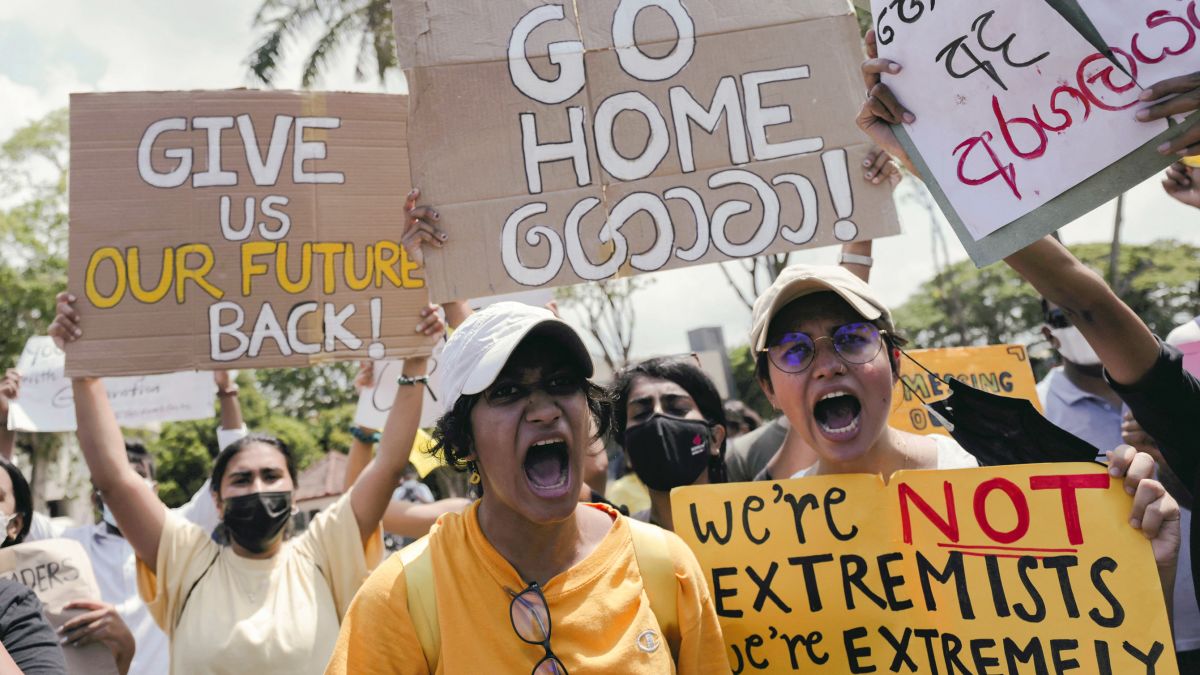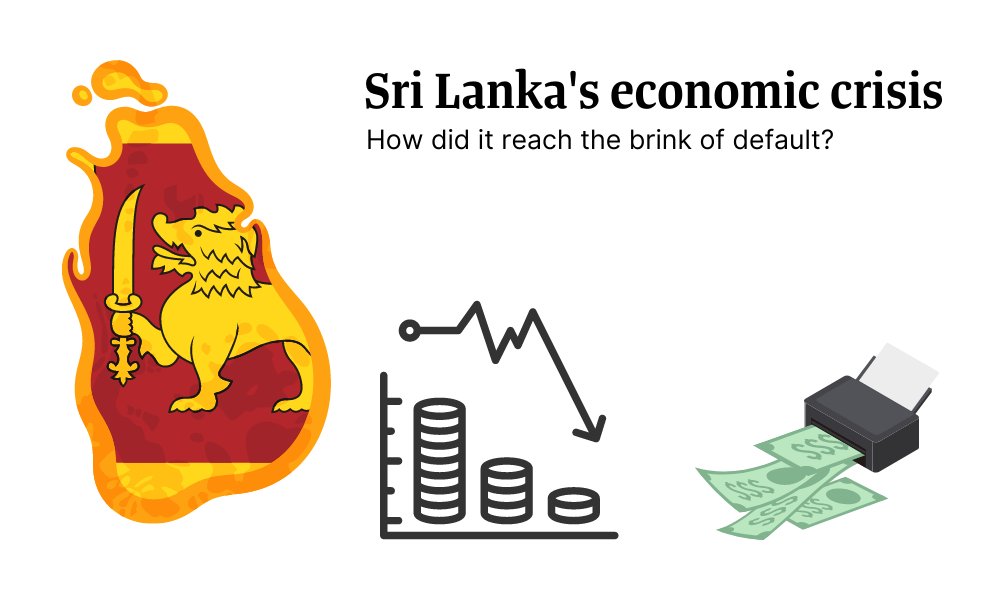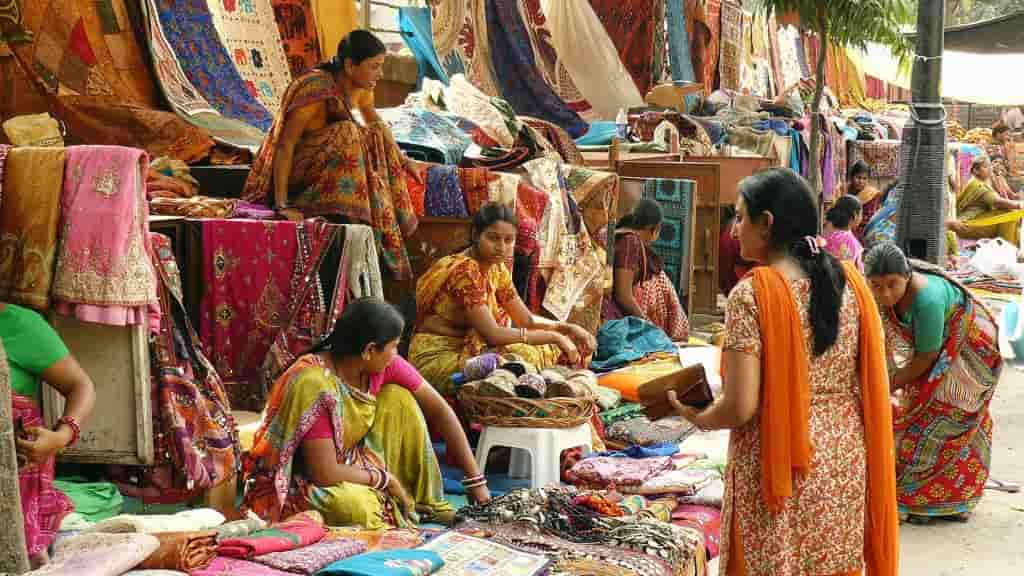Introduction
Sri Lanka is in a economic crisis. Covid-19 has sent the economy into a tailspin, and it is in free fall now. Its Prime Minister Ranil Wickremesinghe recently said that the country’s economy has “collapsed”.
Sri Lanka’s share in India’s total exports has declined from 2.16 per cent in FY15 to just 1.3 per cent in the first 10 months of FY22.
India’s export to Sri Lanka is now nowhere near the 6.7 billion dollars seen in 2014-15. Till January 2022, it stood at 4.49 billion dollars in FY22.
But there is a silver lining too. Since Sri Lanka has been the world’s largest supplier of orthodox tea, calls to Indian planters and exporters from foreign buyers of the commodity are pouring in. Big Sri Lankan importers from Iran, Turkey, Iraq, and Russia are reportedly visiting Kolkata and tea plantations in Assam. As a result, at recent Kolkata auctions, the average price for orthodox leaf saw an increase of up to 41 per cent compared to corresponding sales last year.
Sri Lanka now imports $3bn (£2.3bn) more than it exports every year, and that is why it has run out of foreign currency reserves. At the end of 2019, Sri Lanka had $7.6bn (£5.8bn) in foreign currency reserves.

By March 2020 its reserves had dwindled to $1.93bn (£1.5bn). and recently the government said it this figure had fallen to just $50m (£40.5m) . The government also has also racked up huge debts with countries including China, to fund what critics have called unnecessary infrastructure projects.
Sri Lanka’s government has failed to pay $78m (£63m) in debt interest payments, causing two of the world’s biggest credit rating agencies to declare it had defaulted. Sri Lanka owes $50bn (£40bn) to foreign creditors but says it cannot pay them. It is asking for a loan from the International Monetary Fund (IMF).
A default can seriously damage investors’ confidence in a country, making it harder for it to borrow money on international markets and threatening the value of its currency.
The government blames the Covid pandemic, which affected Sri Lanka’s tourist trade – one of its biggest foreign currency earners. It also says tourists have been frightened off by a series of deadly bomb attacks on churches in 2019.
President Rajapaksa has been criticised for big tax cuts he introduced in 2019, after coming to power. Finance Minister Ali Sabry has said these lost the government more than $1.4bn (£1.13bn) a year in revenue.
This led to widespread crop failure. Sri Lanka had to supplement its food stocks from abroad, which made its foreign currency shortage even worse.
An IMF report in March this year said the fertiliser ban (reversed in November 2021) had also hurt tea and rubber exports, leading to “potentially substantial” losses.
“It is no easy task to revive a country with a completely collapsed economy, especially one that is dangerously low on foreign reserves,” he said. “If steps had at least been taken to slow down the collapse of the economy at the beginning, we would not be facing this difficult situation today.”
He added Sri Lanka is currently in discussion with the World Bank, Asian Development Bank and the United States to “secure interim short-term loans” until it received IMF support.
The IMF has said the government must raise interest rates and taxes as a condition of any loan.
The World Bank has agreed to lend Sri Lanka $600m.
India has committed $1.9bn and may lend an additional $1.5bn for imports. It has also sent 65,000 tonnes of fertiliser and 400,000 tonnes of fuel, with more fuel shipments expected later in May.
Besides, factors like heavily subsidised domestic prices of fuel and a decision to ban the import of chemical fertilisers, which devastated the agriculture sector, also added fuel to the fire. Sri Lanka was a model for emerging market economies and grew at an average rate of 6.2% between 2010 and 2016, according to World Bank figures. In the next three years, the figure dropped to 3.1%.
Conclusion
Sri Lanka has been a strategically important partner for India. Even as some of our businesses are hit, and some try to fill the void created by the Sri Lankan crisis, India’s assistance in this time of need will only lead to better ties with the island nation that has long been leaning towards the Chinese camp.




